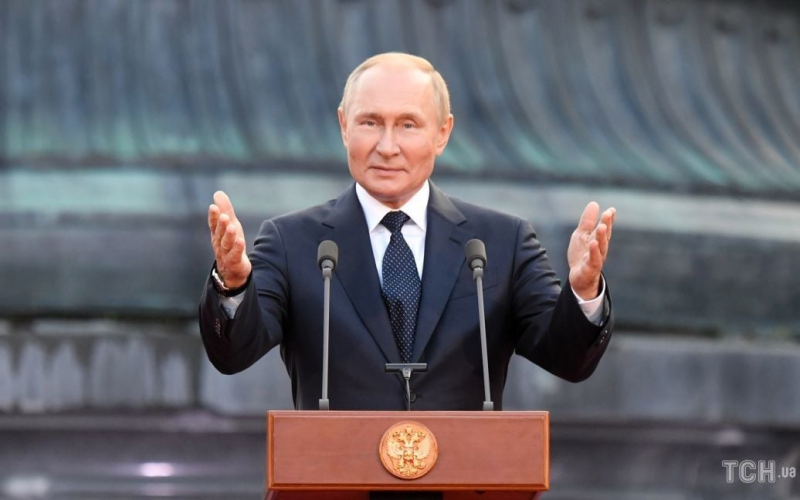
In two months, Putin held more than 20 high-level diplomatic meetings both in Russia and in other countries.
The Russian president is caught in a diplomatic maelstrom, thwarting Western attempts to make him an international pariah after Russia launched a full-scale invasion of Ukraine.
Bloomberg writes about this.
“In just two months since the start of his fifth presidential term in May, Putin held more than 20 meetings with leaders of Europe, Asia, Africa, Latin America and the Middle East,” the publication writes.
In that short period of time, the Kremlin dictator made six foreign visits, not hindered by an International Criminal Court arrest warrant issued last year for his arrest for war crimes committed in Ukraine.
The leaders of states with whom Putin met included representatives of post-Soviet countries that feel obligated to maintain good relations with Russia, as well as from countries in the anti-American camp. But there were also those who declared their neutral position regarding the war of aggression that the Russian Federation is waging in Ukraine.
“This shows that the Russian leader’s efforts to engage the so-called Global South as a counterweight to the US-dominated world order are paying dividends,” the article’s authors note.
B In particular, Putin is actively strengthening friendly relations with Chinese President Xi Jinping, to whom he flew almost immediately after his next inauguration. During this visit, Putin and Xi promised to “strengthen comprehensive strategic coordination” between their countries.
Another important meeting for Putin took place in Moscow. On Monday, July 8, as Russian missiles struck a children's hospital, maternity hospital, residential buildings and other civilian targets in Ukraine, Putin received Indian Prime Minister Narendra Modi at his residence. Despite the war crimes committed by the Kremlin-led Russian army, India remains one of the largest buyers of Russian weapons and crude oil.
Shortly before the NATO summit in Washington, the Kremlin owner was also visited by the Hungarian “peacemaker” Viktor Orban, who, after the start of Hungary’s presidency of the European Union, is actively promoting his “peace mission.” Orban, who is considered the most Russia-friendly figure in NATO and the EU, has already visited Ukraine and China.
Another NATO “dark horse” – Turkish President Recep Tayyip Erdogan – met with Putin on the sidelines of the SCO summit. At the same time, the Turkish leader said that NATO member Turkey wants to “further develop warm relations” with Russia, and also invited Putin to visit Turkey in the near future.
Putin was not too lazy to go in June and to North Korea, where he signed a mutual defense pact with leader Kim Jong Un, who promised to “unconditionally” support Russia in its war with Ukraine. And from Pyongyang the Russian president went to Vietnam, which ignored the US dissatisfaction with this meeting.
In addition to these, probably the most significant diplomatic visits, Putin met with the leaders of Azerbaijan, Kazakhstan, Mongolia, Pakistan and Qatar on the sidelines of the SCO summit in Astana. In Russia, he received his colleagues from Zimbabwe, Bolivia, the Republic of Congo, Cuba, Armenia, Tajikistan and Bahrain. During this period, Putin also managed to visit Uzbekistan and Belarus.
The authors of the article note that in October Russia will hold a summit of the expanded group of BRICS countries, to which the leaders of Brazil, India, China, South Africa, Iran, Egypt, Ethiopia and the United Arab Emirates should come to meet with Putin.
Recall that Biden said at the opening of the NATO summit that Putin would definitely lose the war against Ukraine.
Related topics:
More news

